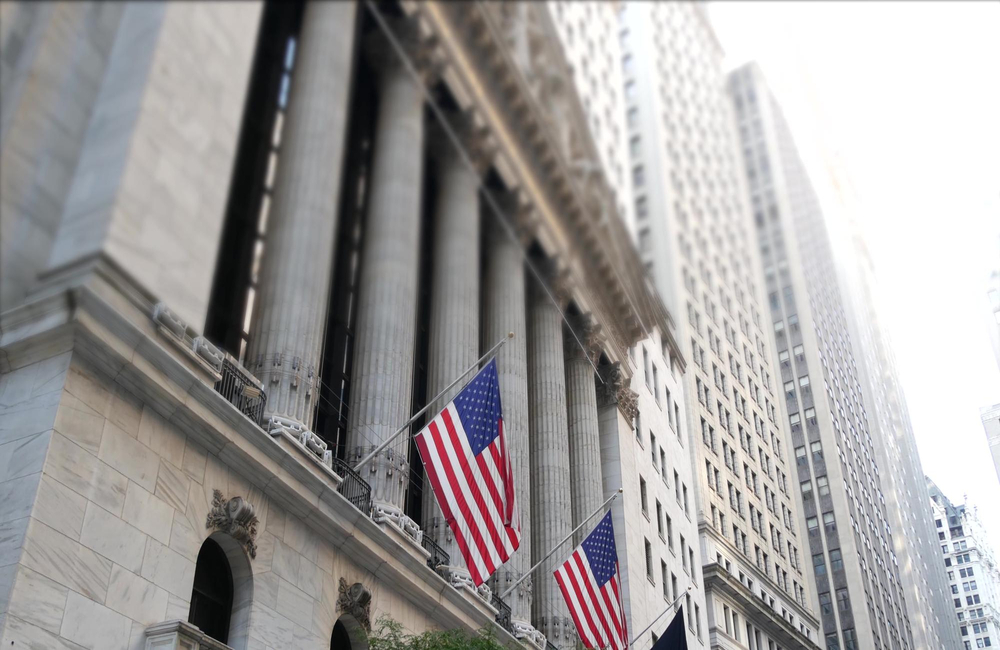Federal Reserve Gets Hawkish On Inflation
- Global & Foreign
- 15:00 June 15, 2022
- By Mr. Korey Hayden

Federal Reserve Gets Hawkish On Inflation
As the fight against rising prices becomes all the more urgent, the risks of recession rise
Latest from Mr. Korey Hayden

The state of women’s wealth in Australia
- IPOs & Markets
- 10:02, April 21

Bookworm: A ten minute filter for better quality investments
- IPOs & Markets
- 13:14, February 26

Why self-awareness is a superpower in life and investing
- IPOs & Markets
- 14:38, February 05

Negative gearing: is it a tax concession?
- IPOs & Markets
- 09:23, January 22

Can you retire on dividends?
- IPOs & Markets
- 13:53, January 20

3 investing mistakes to avoid in 2025
- IPOs & Markets
- 15:02, January 02
About Us
At Equity Launchers, we deliver the latest finance and investment news, insightful analysis, and expert commentary to help you stay ahead in today's dynamic markets. Based in Australia, our platform covers equities, startups, commodities, and global economic trends - providing trusted, accessible information for investors, professionals, and anyone passionate about financial markets.
Equity Launchers
Unit 120/83 Cooyong Street, Reid,
Australian Capital Territory,
Australia 2612.
Site Navigation
Latest News
-

A practical guide to finding investment opportunities
- Published 11:15 on June 27, 2025
-

A Comprehensive Analysis of UK Mortgage Bonds
- Published 17:30 on May 14, 2025
-

Young & Invested: The beginner ETF portfolio
- Published 13:06 on April 30, 2025
-

Unconventional wisdom: Is the secret to wealth found on an index card?
- Published 14:33 on April 28, 2025
© Copyright Equity Launchers 2010-2025 All Rights Reserved














